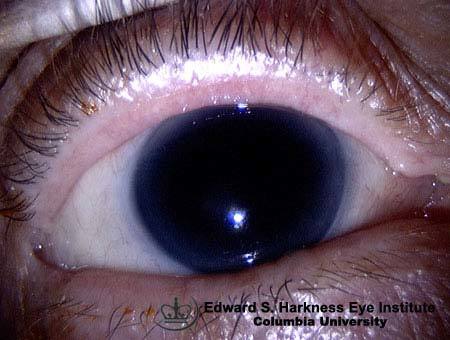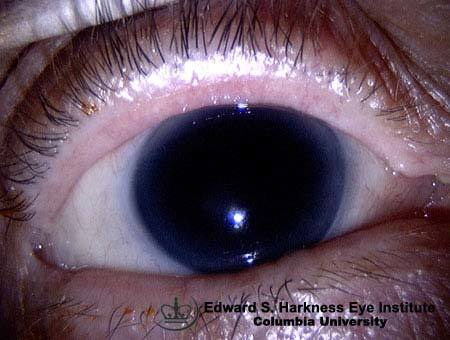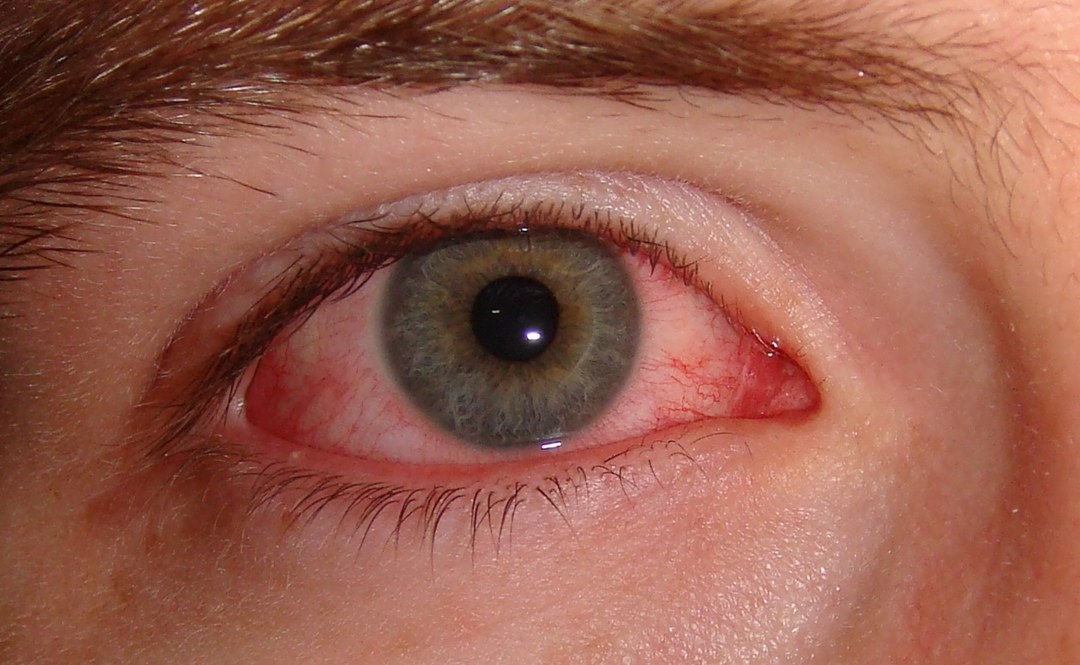Aniridia: what is it, causes, symptoms, photos, treatment
Content
- What is Aniridia?
- Signs and symptoms
- Causes
- Affected populations
- Similar disorders
- Standard treatments
- Life with aniridia
What is Aniridia?
Aniridia Is a rare genetic visual impairment characterized by abnormal development of the iris of the eye. Iris Is a round colored membrane in the middle of the eyeball. The disease occurs as a result of genetic pathology, as well as as a result of insufficient development of the optic nerve and the central part of the retina. Pathology is characterized by partial or complete absence of the iris (see. Photo). Various forms of aniridia have been identified, each of which can be distinguished by accompanying symptoms.
Signs and symptoms

Aniridia is characterized by partial or complete absence of the iris of the eye. Vision is preserved in some mild cases of the disease. The iris may not develop normally before birth in one or both eyes. It is believed that there are at least four types of aniridia.
First type marked by incomplete expression of the disorder. Some people with this type of aniridia may not be aware of vision problems because the pupils appear to be normal and usually only one eye is affected by thinning of the iris.
At second type aniridia abnormalities of the iris can occur alone or in combination with other disorders. Comorbid disorders may include cataract (clouding of the lens of the eye), glaucoma (gradual loss of vision due to increased pressure inside the eyeball, which can be accompanied by varying degrees of pain) or superficial corneal opacity (corneal pannus).
Third type aniridia is associated with mental retardation, and fourth type arises in connection with Wilms tumor, abnormalities of the genitourinary system, as well as possible mental retardation.
Causes
Until recently, it was thought that two separate genes were responsible for two different forms of aniridia. However, studies of the evidence have shown that what were thought to be two forms is actually one and that only one gene is responsible. He is known as the gene PAX6.
The condition is thought to follow an autosomal dominant pattern, and some patients have a spontaneous genetic mutation. The second type of aniridia is associated with mental retardation, and the third type, which occurs in connection with Wilms' tumor, is also believed to follow the autosomal dominant type.
Read also:Abrasions and scratches on the cornea of the eye
Dominant genetic disorders occur when only one copy of an abnormal gene is needed for a disease to appear. The abnormal gene can be inherited from either parent, or it can be the result of a new mutation (gene change) in the affected person. The risk of passing the abnormal gene from the affected parent to the offspring is 50% for each pregnancy. The risk for men and women is the same.
Affected populations
All types of aniridia affect men and women in equal numbers. It is believed that the disease occurs in about one in 60,000 to 100,000 live births.
Similar disorders
Symptoms of the following disorders may be similar to those of aniridia. Comparisons can be useful for differential diagnosis:
Irido-goniodisgenesis Is a genetic disorder of the structure of the eye present at birth. It is characterized by underdevelopment of the basic substance (stroma) of the iris. Glaucoma also occurs, after which the iris changes and becomes lighter. Glaucoma is a visual impairment characterized by gradual loss of vision and increased pressure inside the eyeball, possibly accompanied by varying degrees of pain.
Rieger's Syndrome, also known as somatic iridogoniodysgenesis, is characterized by defective embryonic development of the middle layer of the cornea and iridescent sections of the eye. It is accompanied by an abnormality in the pupil, that is, an opening that regulates the amount of light entering the eyeball. The edges of the cornea are clouded at birth, and glaucoma may occur.
Hereditary juvenile glaucoma is a genetic visual impairment that may be present at birth. However, the onset of symptoms can occur later in childhood or adolescence. Other cases may represent the early onset of some other forms of glaucoma.
Standard treatments
Treatment of aniridia is usually aimed at improving and preserving vision. Medication or surgery can be helpful for glaucoma and / or cataracts. In some cases, contact lenses may be helpful.
Read also:Cataract of the eye: what is it, causes, symptoms, methods of treatment and prevention
When a genetic cause cannot be identified, patients should be evaluated for the possibility of developing Wilms' tumor.
In 2018, a surgically implanted device was approved for the treatment of adults and children with aniridia. This device can help reduce light sensitivity and glare, as well as improve the cosmetic appearance of the eye. Artificial Iris CustomFlex is manufactured by Clinical Research Consultants, Inc.
Consultation with a geneticist is recommended. The rest of the treatment is aimed at relieving symptoms and maintaining the health of the patient's eyes.
Life with aniridia
Daily life with aniridia requires constant adaptation to the environment.
Some of these problems are common to people with visual impairments: school, work, movement, travel and sports. Even the most common activities can be very difficult for visually impaired children or adults in a world where most knowledge and information is conveyed through visual data.
Other problems, however, are patient specific. Nystagmusif present makes it difficult to maintain eye contact and may lead others to believe that patients with aniridia are not paying attention. Many children suffer from nystagmus at school, because teachers think that the child is absent-minded, does not pay attention, which leads to an incorrect assessment of his educational activities.
People with this condition usually find it difficult to adapt to rapidly changing lighting conditions. They can be sensitive to intense light and sometimes even the smallest glare.
All kinds of blinding phenomena (glare, flashes) lead to headaches.
People with aniridia often need to wear sunglasses with protective lenses. Sometimes there is a need to wear them indoors.
Some people with the disease may wear artificial iris contact lenses. Wearing contact lenses has its advantages, such as correcting hyperopia or myopia, greater comfort and greater freedom of action, but requires constant monitoring of the state of the cornea.



